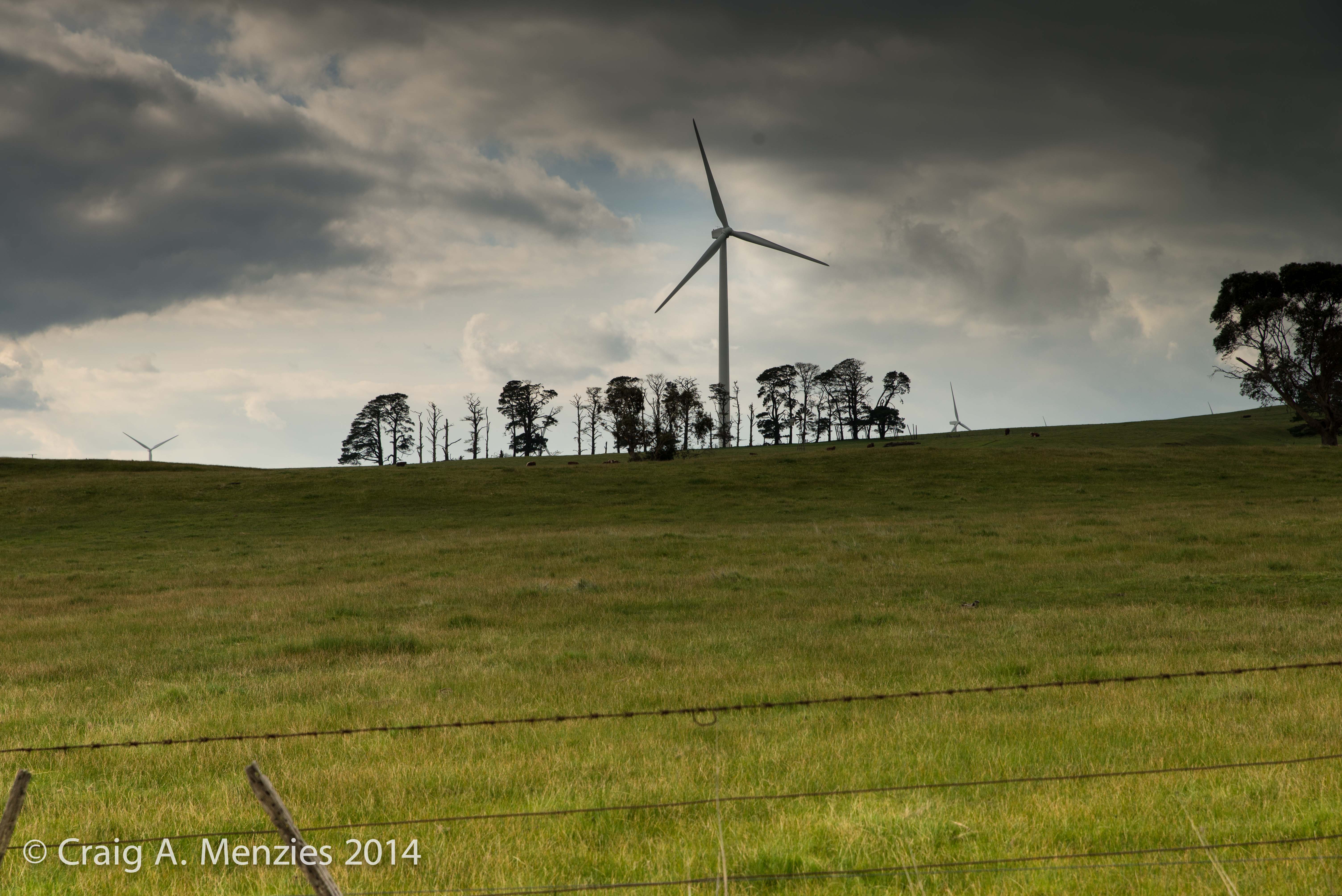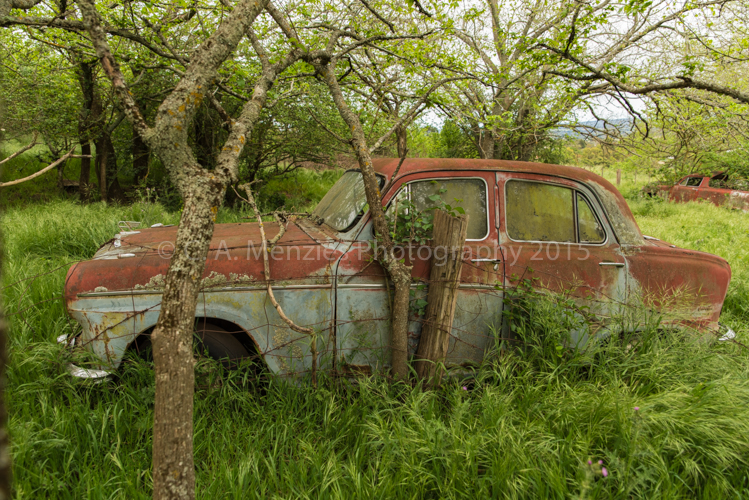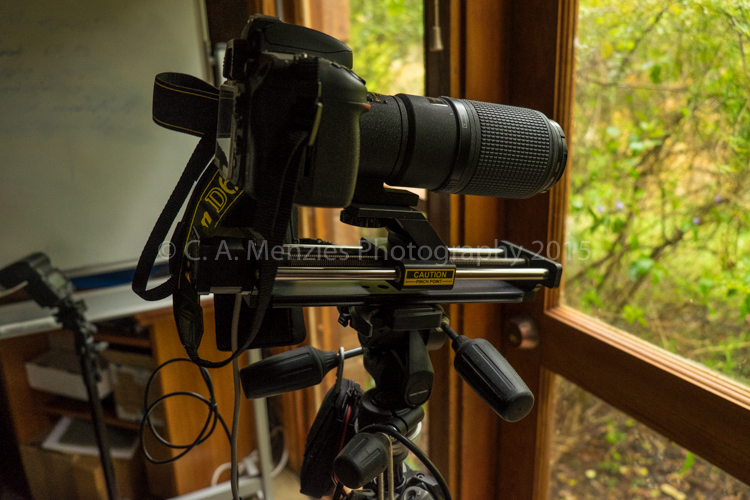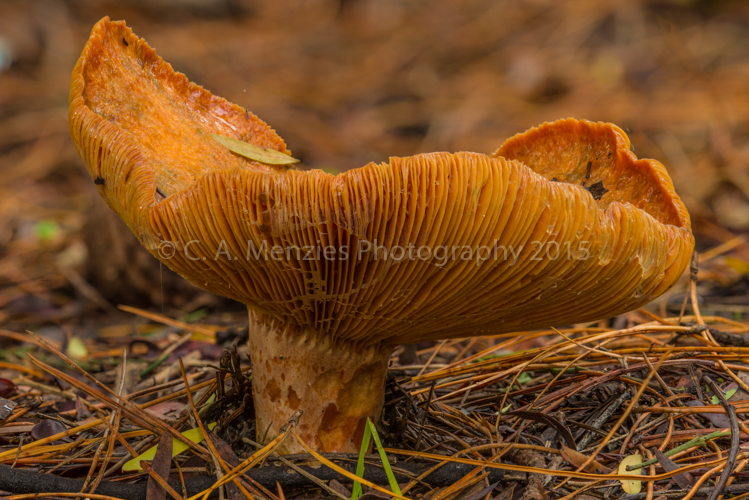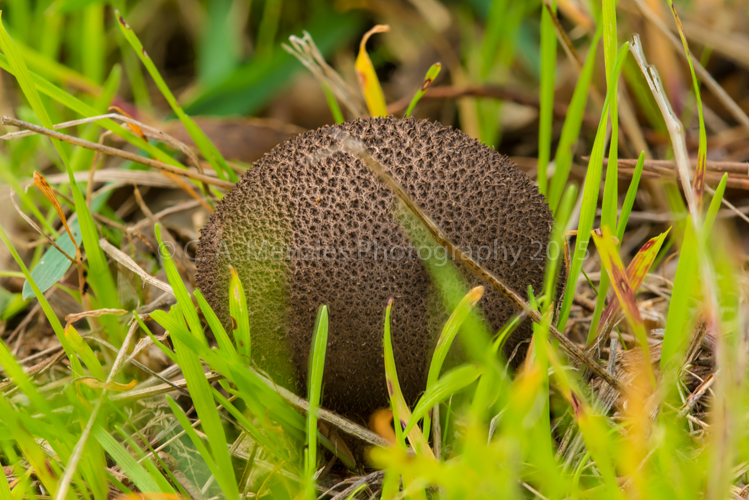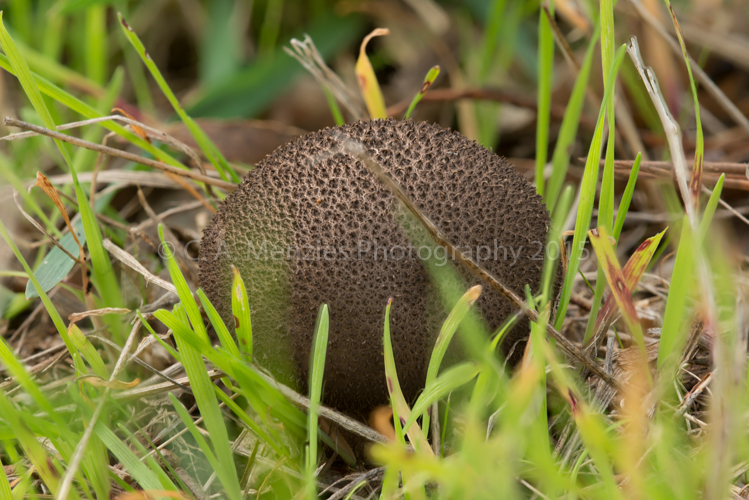Rainy days often inspire me to take a walk which then afterwards always seems to inspire a tidy up or refresh of something.
After a few years running this site under the same theme, I decided I’d have a fresh look through the available free themes with a photography basis behind them. This one took my fancy amongst a few others, so I am giving it a try for a while and see what I think. I’ll also upgrade to my Next Gen and Next Gen Pro plugins for this site and recreate updated galleries since I have had them and have been running them on my Store Site for a year now.
Unfortunately changing the theme removed the featured images for all of the blog posts. I’m pretty sure I’ve managed to fix them all, but it’s possible I’ve missed one or two, or got them wrong. Most likely it will only affect new readers, although I suppose they’re not to know what image originally went with which post and if you’ve already read the previously posted entries you won’t be going back.
